
Which is the Superior Choice? WPC Doors vs. FRP Doors
Your home needs doors that are pleasing and built to last. When it comes to durability and performance, two materials come into play: WPC and FRP. But are you confused about which one is supreme? Let’s analyze both to make an informed decision.
Durability
WPC: Innovation takes place with WPC boards. This revolutionary composite material is formulated to offer exceptional resilience. There is a unique blend of wood fibers, polymers, and high quality. WPC boards excel in extreme temperatures, making them perfect for both indoor and outdoor use. Bathrooms and kitchens, for their high humidity, pose no challenge for the doors. Their resistance to cracking and swelling ensures long-lasting performance, keeping your home looking its best year after year.
FRP: While these doors boast decent weather resistance, they can be susceptible to cracking over time, especially when subjected to fluctuating temperatures. Extended exposure to direct sunlight might also lead to some color fading.
Moisture Resistance
WPC: Engineered to water resistance, WPC boards are a dream come true for high-humidity environments. This makes them a good choice for bathrooms, kitchens, laundry rooms, or any area that has moisture buildup.
FRP: The FRP doors are known for their water resistance, but they are not entirely waterproof. They are exposed to moisture and compromise their structural integrity if they are not properly sealed.
Appearance and Customization
WPC: These boards offer a good look for the eyes. They are made to mimic natural wood, complete with realistic wood grain textures and a variety of colors. The doors can be painted seamlessly and blend with your existing decor, creating a premium look for your home.
FRP: The doors typically have a limited selection of colors. They can be painted, but the process might need additional preparation due to their smooth surface, adding an extra step to the customization process.
Maintenance
WPC: A simple wipe-down using a damp cloth and mild soap is all it takes. Wood doors require regular painting to preserve their appearance, saving you both time and effort.
FRP: FRP doors are also relatively low-maintenance, requiring just soap and water for cleaning. However, scratches and dents tend to be more noticeable on FRP doors, and repairs often prove to be a challenge.
Sustainability
WPC: The boards often utilize recycled wood fibers, making them more sustainable. The manufacturing process of WPC produces fewer harmful products compared to traditional wood doors. By choosing WPC, you contribute to a greener future for our planet.
FRP: The doors might be recyclable depending on the specific material used, but they are generally not considered eco-friendly. Their production process can involve harsh chemicals, raising concerns about their environmental impact.
Cost-Effectiveness
WPC: WPC doors might seem slightly more expensive than FRP doors. Their superior durability, low maintenance requirements, and long lifespan translate to overall cost and time savings. WPC doors are a wise investment for your home.
FRP: While FRP doors might offer a lower initial cost, their susceptibility to the potential need for replacement due to moisture issues can lead to higher long-term expenses.
WPC Doors is the prime choice
Here you can see that WPC doors offer a combination of benefits that surpass those of FRP doors. Its other features are durability, weather resistance, low maintenance needs, and eco-friendly aspects, making it a superior choice and adding long-lasting value to your home. So, the next time you're considering new doors, choose wisely—choose WPC doors and experience the difference!
Recent Blogs

How to make Kitchen attractive?
09 Oct, 2021
Interior design materials that are the most Eco-Fr...
11 Oct, 2021
Ideas for Stunning Ceilings
11 Oct, 2021
Looking for an appropriate Gate for your House?
29 Oct, 2021
Manufacturing and Resistance of WPC Boards, PVC Sh...
29 Oct, 2021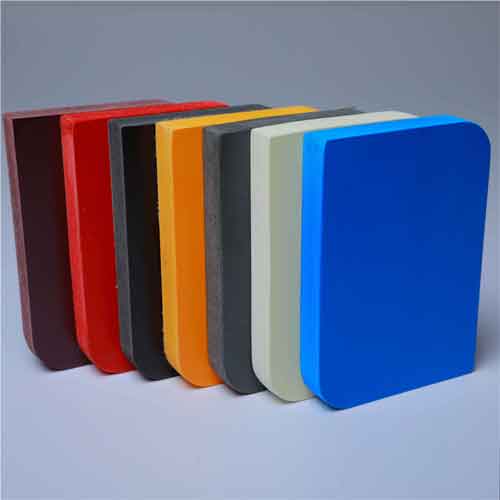
Why most people choose PVC Walls
19 Jan, 2022
How Amazingly Facade Adorns An Architecture!
02 Mar, 2022
Advantages of WPC Boards Over Plywoods
20 Dec, 2023
Creating Stunning Outdoor Spaces with Denwud's...
08 Jan, 2024
5 Reasons Why You Should Choose PVC Foam Sheets...
10 Jan, 2024
Installing and Maintaining PVC and WPC Products
18 Jan, 2024
How to Create an Eco-Friendly Interior
29 Jan, 2024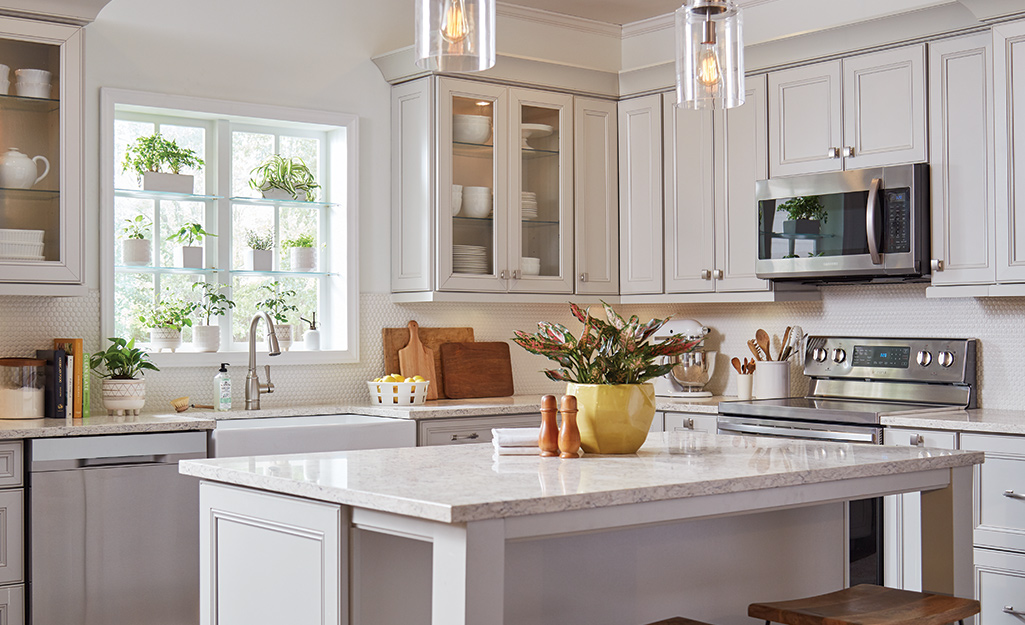
5 Creative Ideas for Kitchen Cabinets
06 Feb, 2024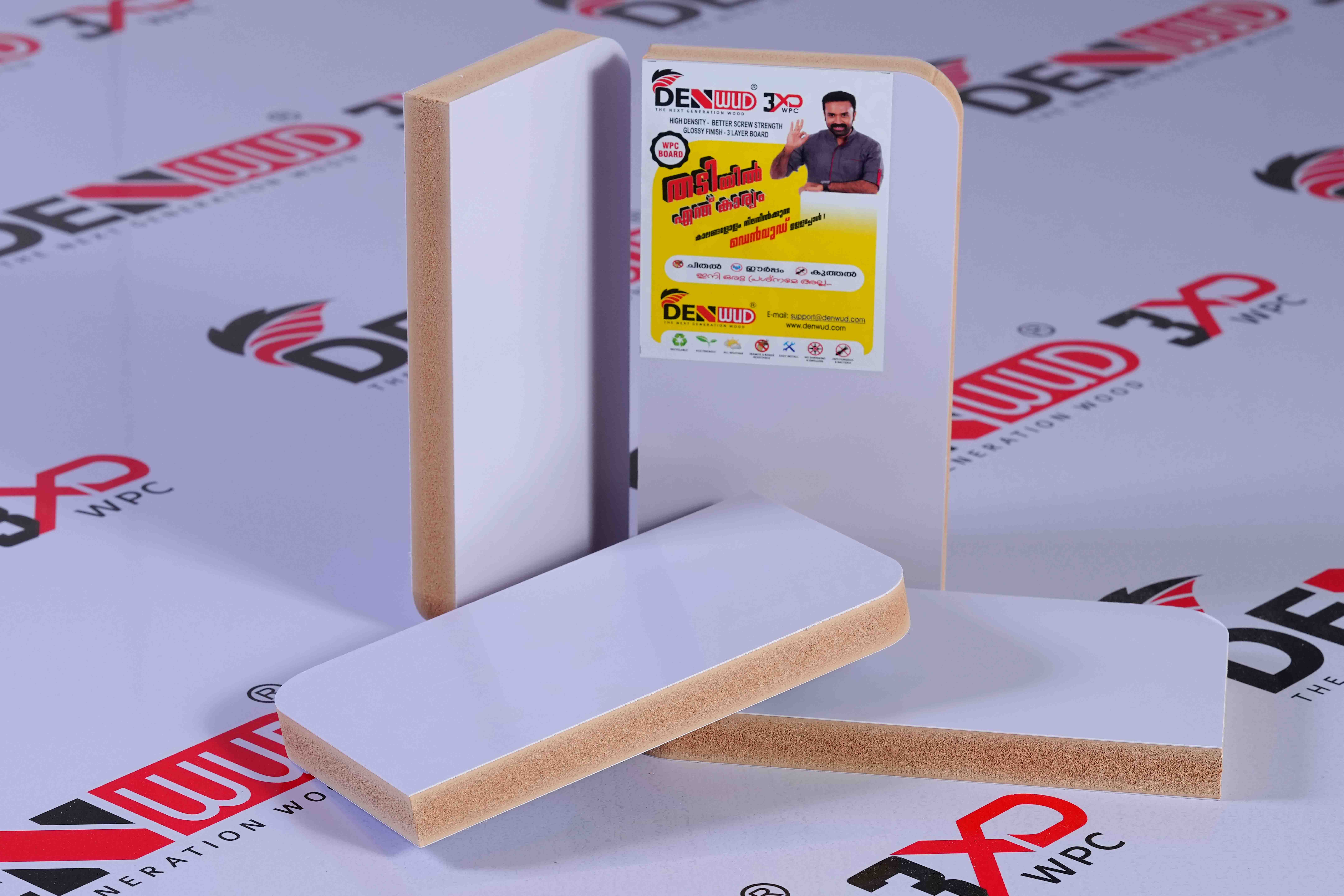
Benefits of Choosing WPC Boards | Denwudn | Kerala
14 Feb, 2024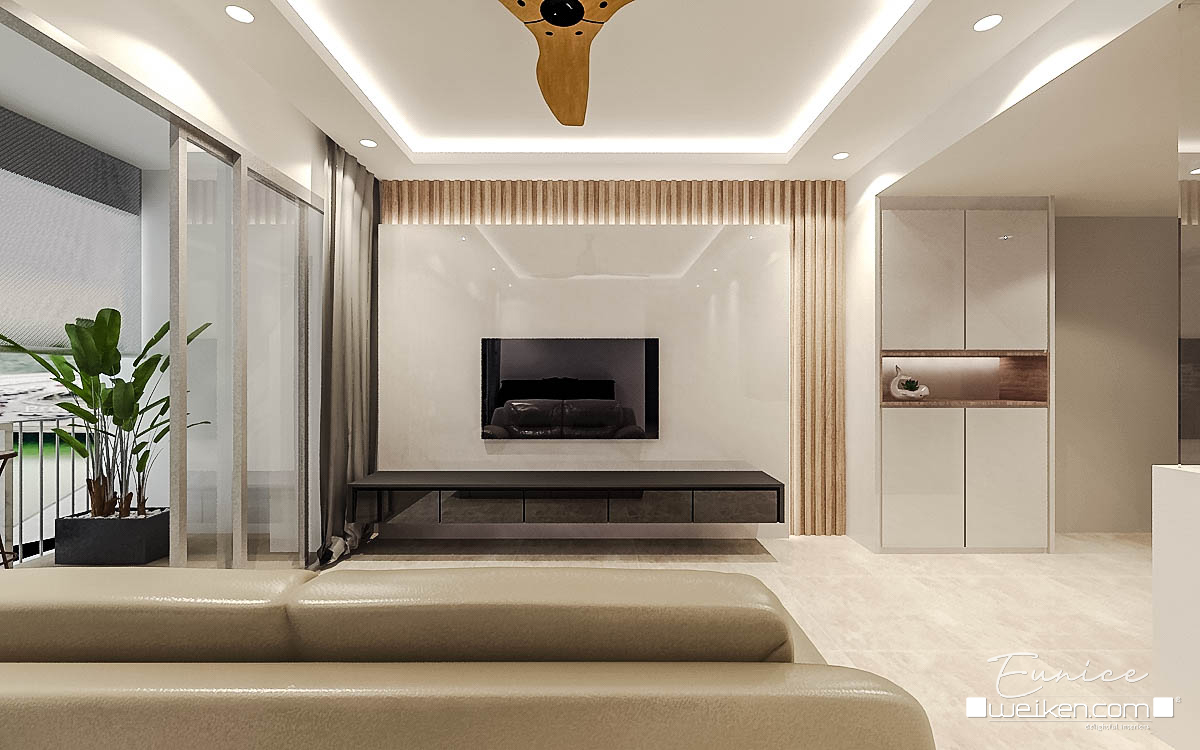
Interior Design Ideas with Fluted Wall and Ceiling...
22 Feb, 2024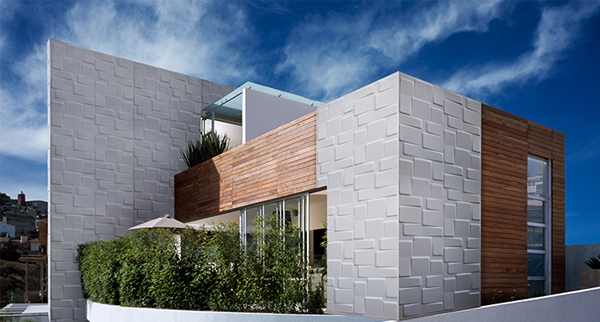
Why WPC Is The Architect’s New Favorite
11 Mar, 2024
Advantages of PVC Furniture: Stylish, Durable, and...
19 Mar, 2024
4 Reasons Why PVC Windows and Doors Are the Ultima...
27 Mar, 2024
5 Reasons why you should use WPC doors
14 May, 2024
Choose Sustainability with WPC Board: The Future o...
30 May, 2024
Comparing WPC Boards to Traditional Wood: Pros and...
25 Jun, 2024
Choosing the Right PVC Foam Board for Your Project...
25 Jul, 2024
Transforming Interiors with PVC Foam Board: Modern...
16 Aug, 2024
Maintaining and caring for WPC boards: Tips for Lo...
28 Aug, 2024
Why WPC Boards Are the Perfect Eco-Friendly Altern...
11 Oct, 2024
Building Your Dream Interior? Here’s Why WPC and P...
29 Oct, 2024
How to Select the Proper PVC Foam Board Thickness...
07 Nov, 2024
Top Reasons to Choose Multiwood Sheets for Your Ho...
15 Nov, 2024
How to Choose the Best Multiwood Dealer for Your H...
05 Dec, 2024
Cost-Effective Solutions: How PVC Foam Boards Can...
28 Dec, 2024
The Process of Manufacturing WPC Boards: From Wast...
09 Jan, 2025
How Denwud Sheets Offer a Budget-Friendly Solution...
30 Jan, 2025
Why Choose WPC Boards for Your Home Renovation in...
14 Feb, 2025
WPC Boards for Outdoor Use: Durability and Weather...
25 Feb, 2025
Comparison of WPC Boards with Other Composite Mate...
06 Mar, 2025
Why Multiwood is the Preferred Choice for Modern H...
14 Mar, 2025
How to Choose the Best Multiwood Dealers for Your...
11 Apr, 2025
Advantages of Using Multiwood Sheets Over Plywood
25 Apr, 2025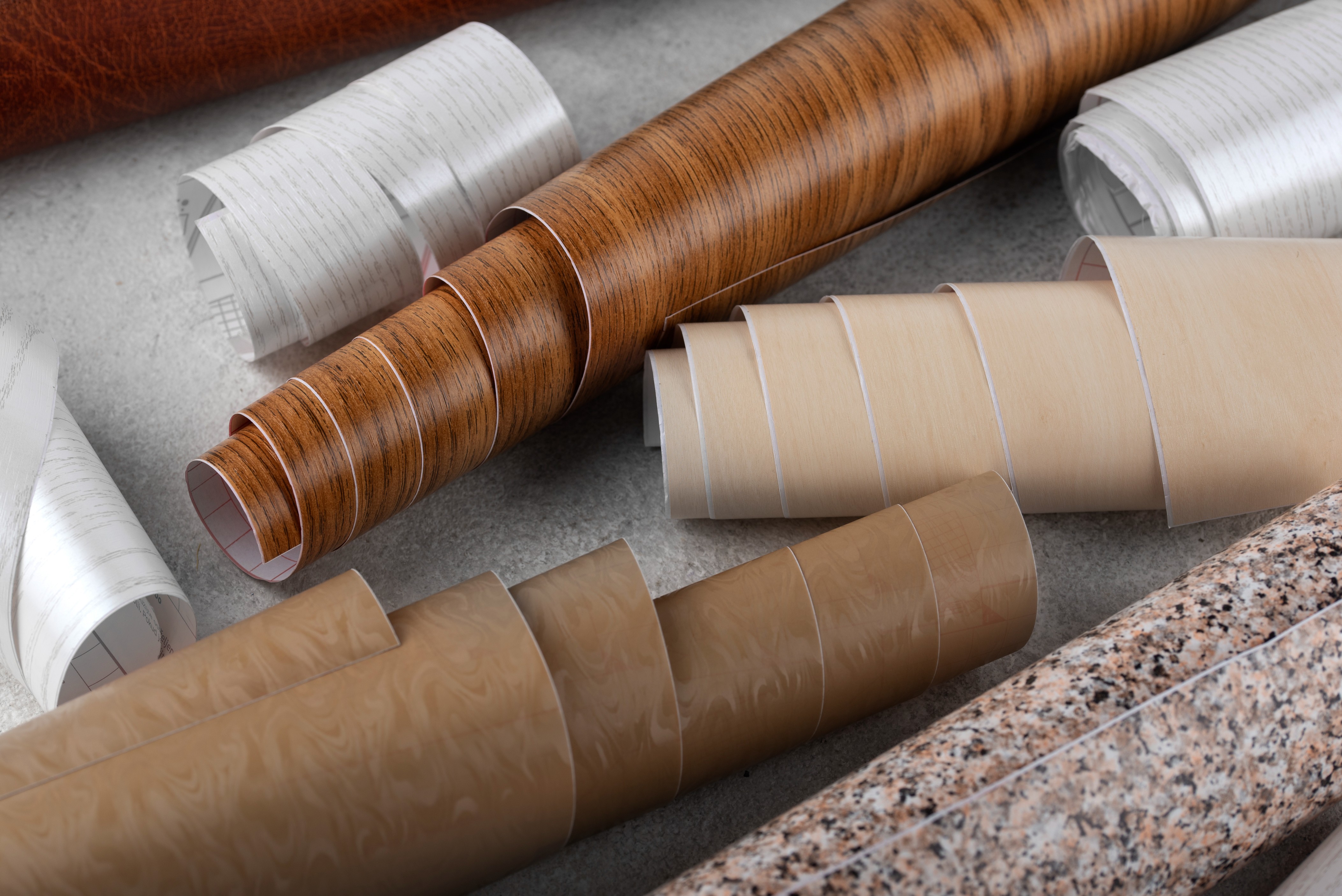
Where to Find the Best Multiwood Sheets for Your H...
05 May, 2025
How Multiwood Dealers Are Meeting the Needs of Mod...
16 May, 2025
Local Sourcing vs Online Purchase: Where to Buy PV...
05 Jun, 2025
How to Use WPC Boards for Wardrobes and Interior F...
19 Jun, 2025
The Beginner’s Guide to Using Multiwood Sheets in...
07 Jul, 2025
Top Mistakes to Avoid When Using PVC Foam Boards i...
16 Jul, 2025
Everything You Should Know About Waterproof WPC Bo...
07 Aug, 2025
WPC Board vs PVC Board: Which One Should You Choo...
28 Aug, 2025
Emerging Trends in Multiwood Products and How Deal...
12 Sep, 2025
Creative Ideas for Kids’ Room Decor Using PVC Foam...
25 Sep, 2025
PVC Foam Board vs. Plywood: The Ultimate Compariso...
08 Oct, 2025
Top Reasons to Choose WPC Bathroom Doors for India...
30 Oct, 2025